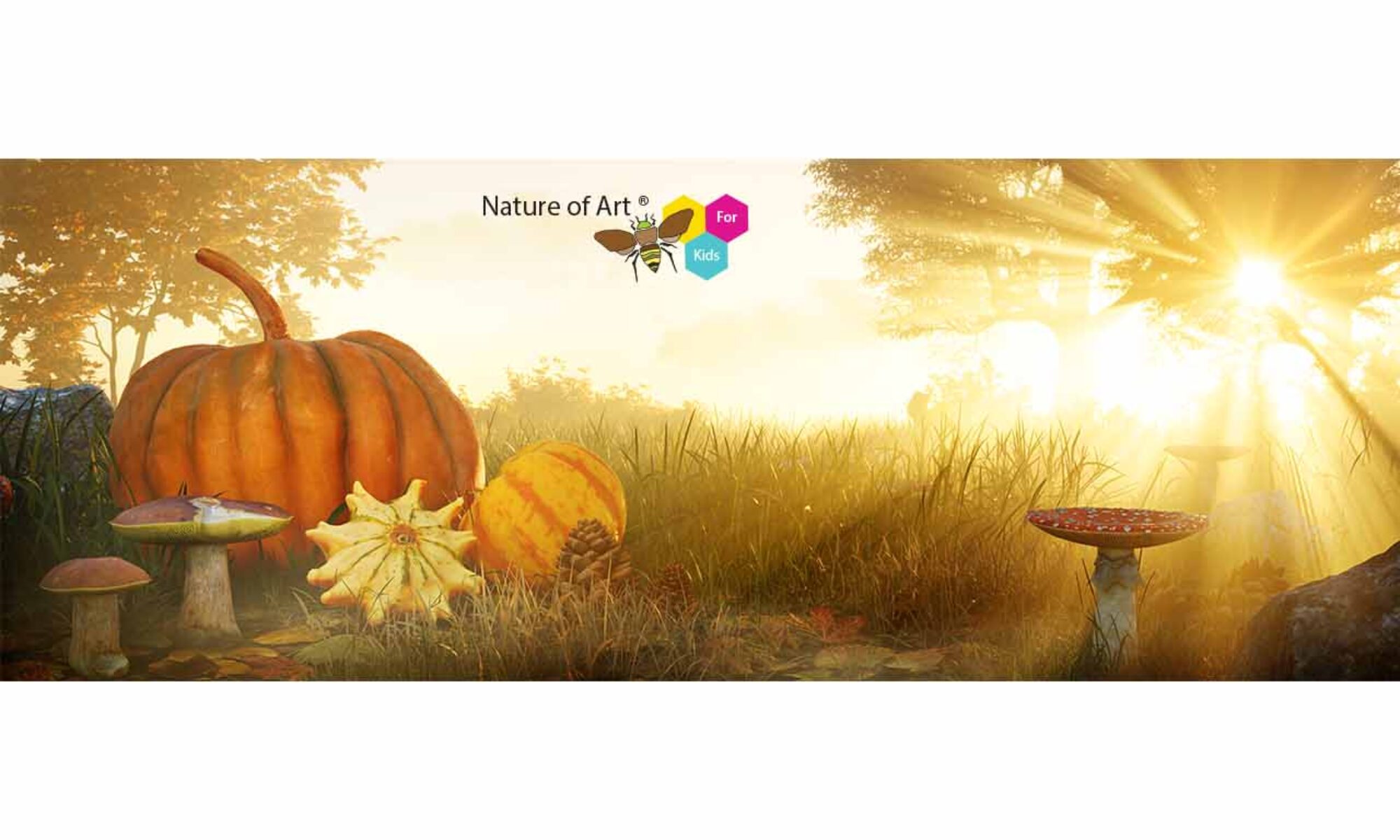I’ve learned from experience that if you’re like most Montessori teachers, you’re probably not trained in art. It can seem daunting—or maybe even unimportant—to teach art in the Montessori classroom. But the truth is, teaching visual arts and art literacy to students can have a huge impact on their education.
I get deep into all of this in my new book, Defining Visual Arts. I go over the standards for visual arts, how to understand artistic technique and process, and the art projects and mediums that are best for children. It’s really a quick guide to teaching art in your classroom.

Why Teach Visual Arts?
In my book, I also explain why it’s so beneficial for students to have art lessons as part of their Montessori education. Here are just a few of those reasons you should be teaching it.
Art offers a unique form of communication
Student learn diverse ways to communicate their emotions, ideas, and even other subjects they’ve learned in the classroom.
Art encourages critical and creative thinking
How do you express an idea like peace through watercolors? Through art, students get the chance to think creatively as they express themselves through different mediums and projects.
Art offers a tool for societal, historical, and cultural understanding
Art can be connected back to many different Montessori subjects, from science to literature to history. Experiencing art from other time periods or cultures can give students a different perspective on the other subjects they’re learning.
Art cultivates enjoyment and wellbeing
Being able to express themselves in a way that is neither “right” nor “wrong” allows students to find self-confidence and enhances their overall wellbeing. Plus, playing with paints, clay, and crafting materials is enjoyable and exciting for most students.
Art in the classroom leads to greater art literacy
Art literacy provides a standard for students to discover the artistic process. While art is usually considered to be subjective, having art literacy sort of evens the playing field for how students learn the subject.
What is Art Literacy?
To put it simply, art literacy is the knowledge and understanding required to participate authentically in the arts. It provides students with the opportunity to work through the artistic process, as a part of their education and using visual arts standards.

What are the Visual Arts Standards?
The standards we use to teach visual arts were created after extensive studies and surveys of professional artists—from musicians to sculptors. Researchers observed and analyzed the way art is created, from visualization and ideation to a finished form. All these findings were evaluated and placed into a matrix called The Artistic Process, which consists of four actions: investigate, imagine, construct, reflect.
These visual art standards can be used by teachers all over the country to develop curriculum and evaluate artistic progression in their students. The National Coalition for Core Arts Standards (NCCAS) is one of the prominent organizations leading the efforts to unify art standards across the U.S.
As helpful as these standards are, they do not provide guidelines or instruction for how learning in the arts should be delivered. They give teachers the four basic art process actions children should experience while creating artwork. Deciding on the medium (such as crayons or clay), areas of focus (drawing or painting), and technique are all up to you. This is where it gets a little daunting, right?
Don’t freak out!
I’ve done years of research on the development of art understanding and abilities in children, and I’ve tailored my experience and learning to be useful and applicable in the Montessori classroom.
I don’t want you to feel overwhelmed. Even if you don’t have an arts background, you can still teach visual arts! In Defining Visual Arts, I break down the subject into five simple domains, and walk you through the mediums and techniques to use in each one. You can purchase a copy of the book online for the ultimate guide on giving your students art literacy and bring art into your classroom!



All rights reserved © 2024, Nature of Art®
No part of this blog may be used or be reproduced in any manner whatsoever including reproducing, publishing, performing, and making any adaptions of the work – including translation into another foreign language without written permission except in the case of brief quotations embodied in critical articles and reviews. Nature of Art® Publishing P.O. Box 443 Solana Beach, California 92075.





